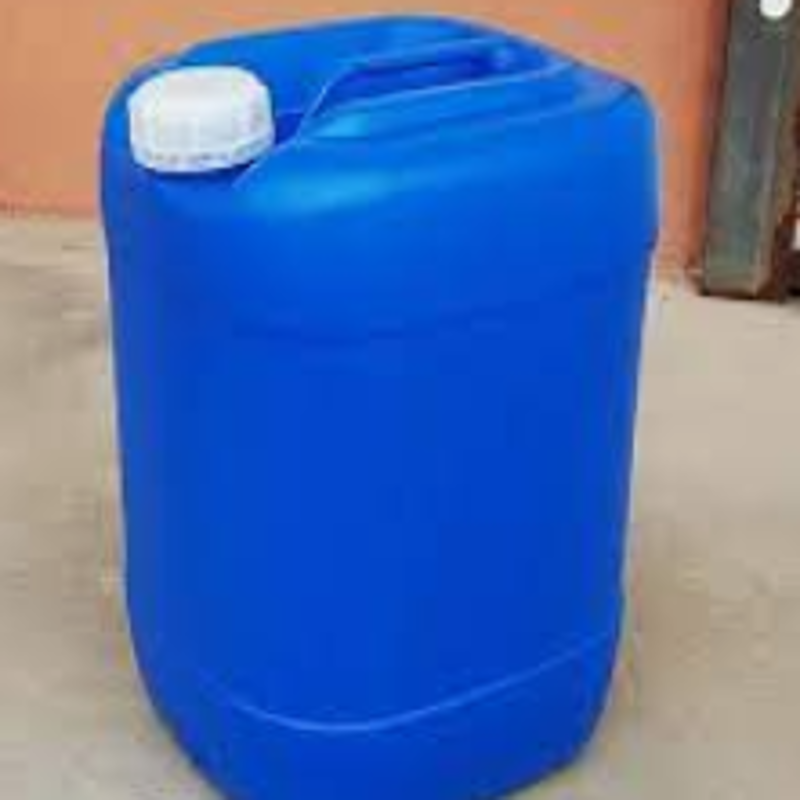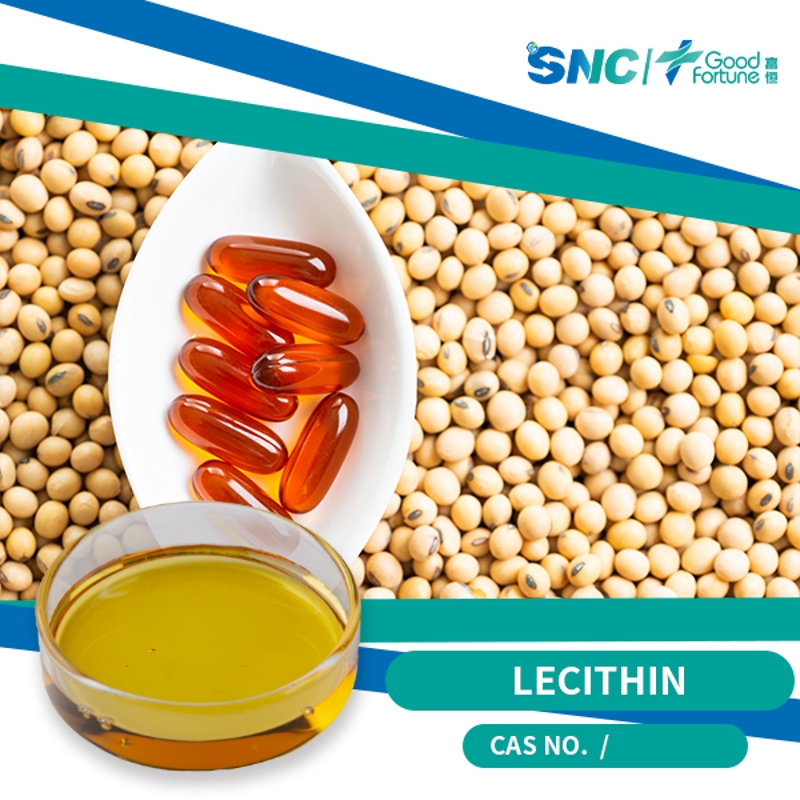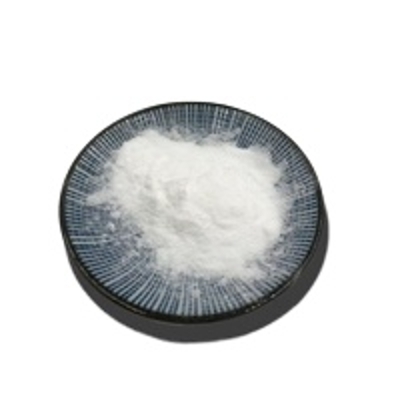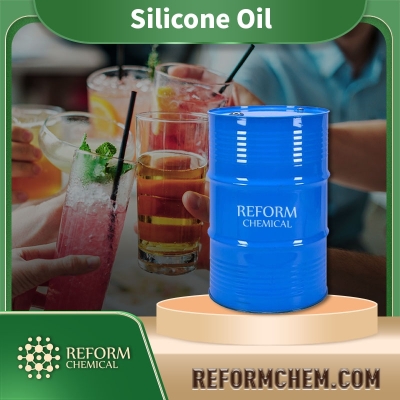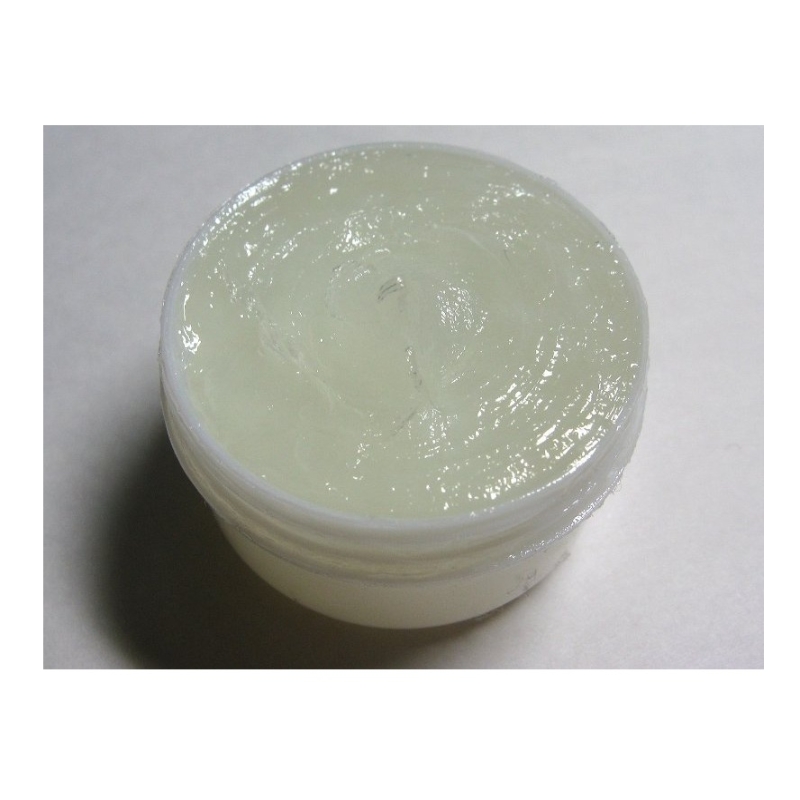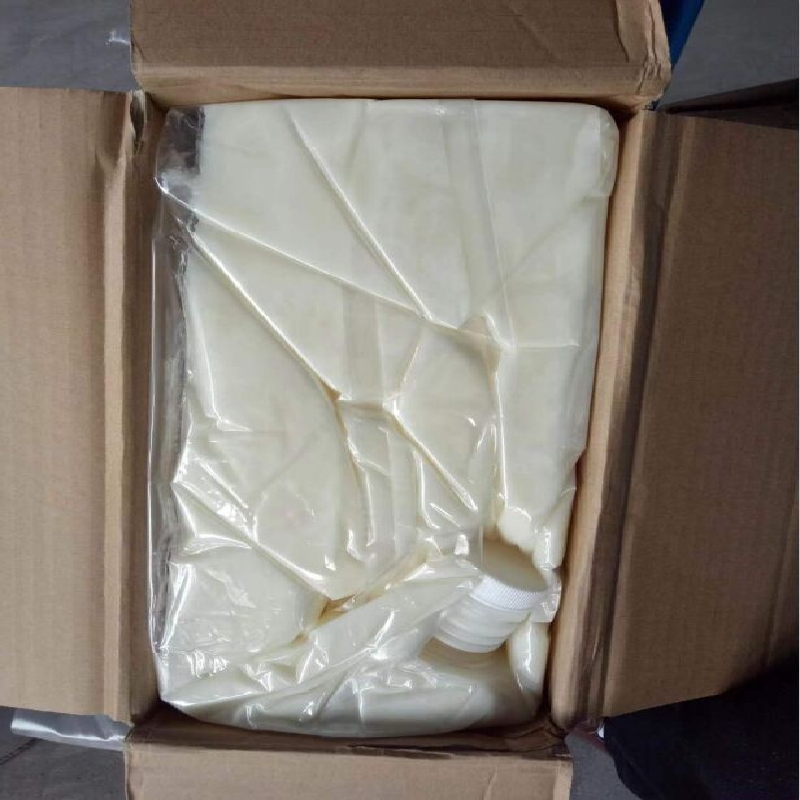Cosmetic Ingredient
- • Abrasive (124)
- • Absorbent (84)
- • Anticaking (66)
- • Anticorrosive (25)
- • Antifoaming (19)
- • Antimicrobials (290)
- • Antioxidant Ingredient (393)
- • Antiperspirant (20)
- • Antiplaque (48)
- • Anti-seborrheic (38)
- • Anti-sebum (39)
- • Antistatic (458)
- • Astringent (162)
- • Binding Agent (172)
- • Bleaching Agent (53)
- • Buffering (191)
- • Bulking (109)
- • Chelating (122)
- • Cleansing (679)
- • Cosmetic Colorant (212)
- • Cosmetic Preservative (158)
- • Denaturant (45)
- • Deodorant (98)
- • Depilatory (27)
- • Dissolving Agent (298)
- • Emollient (795)
- • Emulsifying Agent (480)
- • Emulsion Stabilising (154)
- • Exfoliating (19)
- • Film Forming (299)
- • Flavouring (72)
- • Foam Boosting (161)
- • Foaming (101)
- • Fragrance Ingredient (726)
- • Gel Forming (19)
- • Hair Conditioning (670)
- • Hair Dyeing (363)
- • Hair Fixing (36)
- • Hair Waving or Straightening (45)
- • Humectant (282)
- • Hydrotrope (92)
- • Keratolytic (20)
- • Light Stabilizer (80)
- • Moisturising Agent (50)
- • Nail Conditioning (42)
- • Occlusive (20)
- • Opacifying (119)
- • Oral Care (123)
- • Oxidising (19)
- • Perfuming (2105)
- • Plasticiser (98)
- • Propellant (19)
- • Reducing (50)
- • Refatting (12)
- • Refreshing (26)
- • Skin Cleansing (388)
- • Skin Conditioning (1751)
- • Skin Humectant (21)
- • Skin Protecting (282)
- • Smoothing (31)
- • Soothing (71)
- • Tonics (155)
- • UV Filter (34)
- • Viscosity Controlling (532)
Chemicals as Skincare Ingredients
Related News
-
Pfizer China Oncology Division Restructures Amid Executive Changes
2025-03-19 -
Price Surge Alert as Major Suppliers Increase Barium Sulfate Costs by 200 Yuan per Ton
2025-03-20 -
Shell Considers Partnering with the U.S. and Closing European Chemical Assets
2025-03-26 -
Quaker Houghton Acquires Dipsol Chemicals, Strengthening Advanced Solutions Portfolio
2025-03-27 -
AstraZeneca to Invest $2.5 Billion to Establish Global Drug R&D Center in Beijing
2025-03-25 -
Saudi Aramco CEO: Invest in downstream projects in China's energy, chemical and other fields
2025-03-28
Emollient
Aluminum hydroxide
(21645-51-2)1. Chemical raw materials
Aluminum hydroxide has many advantages including large-scale production, adequate raw materials, high product purity and good solubility in acid. Therefore, aluminum hydroxide can be used as an important raw material for the preparation of aluminum salts, such as barium aluminate, aluminum sulfate and so
-
Cosmetics Grade / 99%
-
Industrial grade / 99%
-
Chemical Grade / 99%
$1/KG FOB
-
Request for quotation , get quotes from more suppliers.
Oleic acid
(112-80-1)-
Industrial Grade / 99%
$1-1.3/KG FOB
-
Industrial Grade / -
-
Pharmacy Grade / 99.5%
-
Request for quotation , get quotes from more suppliers.
Lecithins
(8002-43-5)-
Pharmacy Grade / 99%
-
pharmaceutical grade/food grade / 99%
$4-5/KG FOB
-
- / 0.00%
-
Industrial Grade / 60%
-
Industrial Grade / 99%
-
pharmaceutical grade/food grade / 99%
-
- / 99.00%
-
- / 98%
Request for quotation , get quotes from more suppliers.
L-Theanine
(3081-61-6)-
-
Industrial Grade / 99%
-
- / 99.00%
-
Top Product / 80%
Source Emollient Products Supply
Cetyl alcohol
(36653-82-4)-
![hexadecanol buy hexadecanol]()
Cosmetic Raw Materials / 99%
$4180/MT EXW
-
Industrial grade / 99%
-
Industrial Grade / 99%
-
- / 0.00%
Request for quotation , get quotes from more suppliers.
Polysiloxanes, di-Me
(63148-62-9)-
Cosmetics Grade / 100%
-
Industrial Grade / 60%
-
Industrial Grade / 99%
$1.52-1.82/KG FOB
-
Industrial grade / 99%
Request for quotation , get quotes from more suppliers.
Petrolatum
(8009-03-8)-
Cosmetics Grade / 99%
-
Cosmetics Grade / 99%
-
Cosmetics Grade / 99%
$150-170/MT FOB
-
Cosmetics Grade / 99%
Coconut oil
(8001-31-8)-
Cosmetics Grade / 99%
$20-22/KG FOB
-
-
Food Grade / 95%
-
- / 0.00%
Request for quotation , get quotes from more suppliers.
Soybean oil
(8001-22-7)-
- / 99.00%
-
-
Industrial Grade / 99%
$18-20/MT FOB
-
Pharmacy Grade / 99%
Request for quotation , get quotes from more suppliers.














